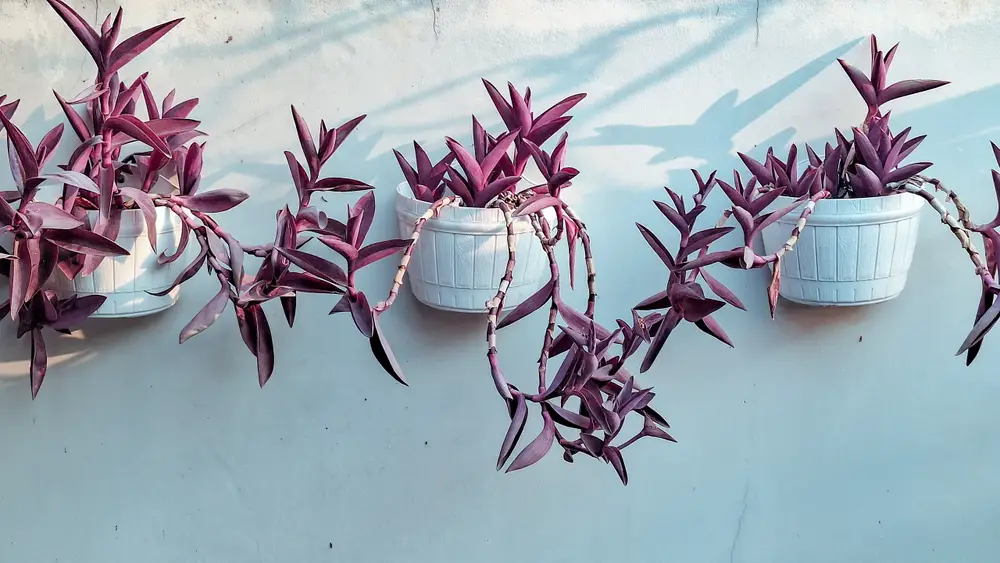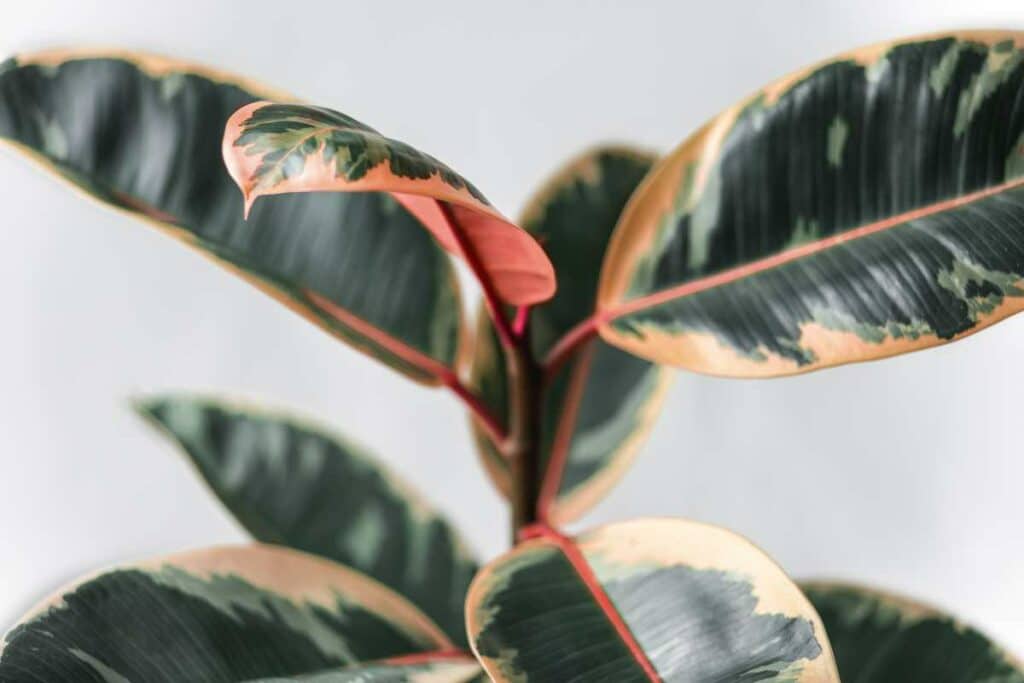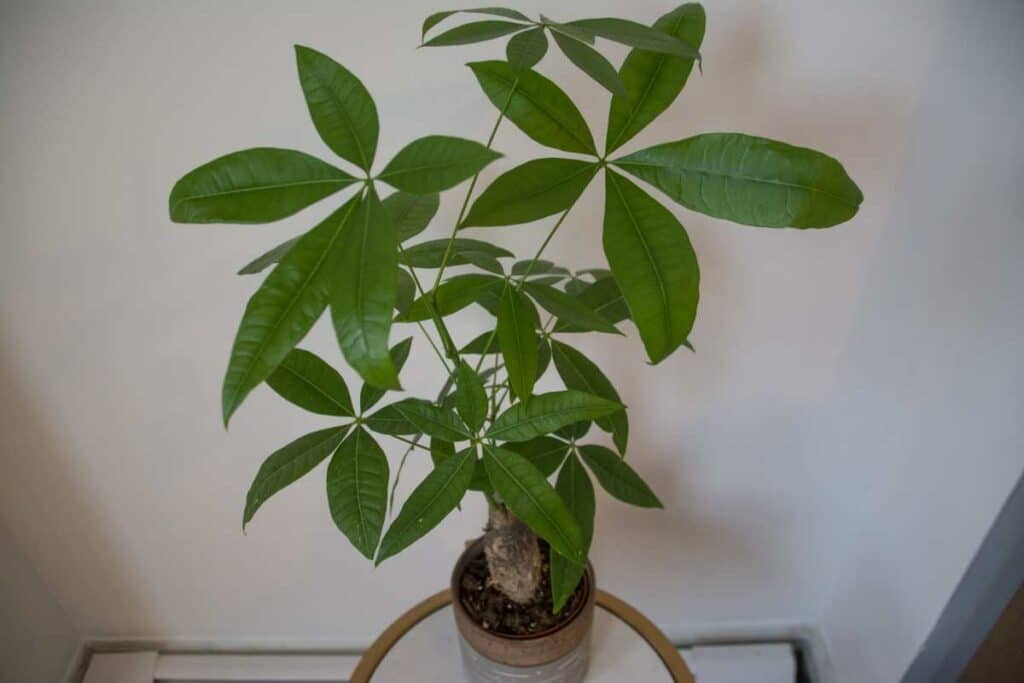Air plants come in various colors, forms, and sizes, making them ideal for displaying on any stage.
It may be a steel frame, a geometrical model placed on the wall, or a plain glass tabletop terrarium.
Before installing any air plant, it is usually good to become more acquainted with the plant’s precise maturity size.
Air plants are usually relatively small, but some can grow to super sizes given the right growing conditions and the suitable species. Although, their sizes will differ depending on the type of air plant, environmental conditions where it is grown, and the care given to the plant. Some Air Plants will grow nearly 3 feet tall in their maturity depending on the species, and others will always fit right in the palm.
Good nourishment and environment are needed to grow strong, healthy air plants.
Water, air, light, and the correct temperature for the right type of air plants are essential to growing faster and more prominent.
The Biggest Growing Air Plants Comparison Chart
Generally, air plants grow slowly, only less than 1-inch, within their first two years.
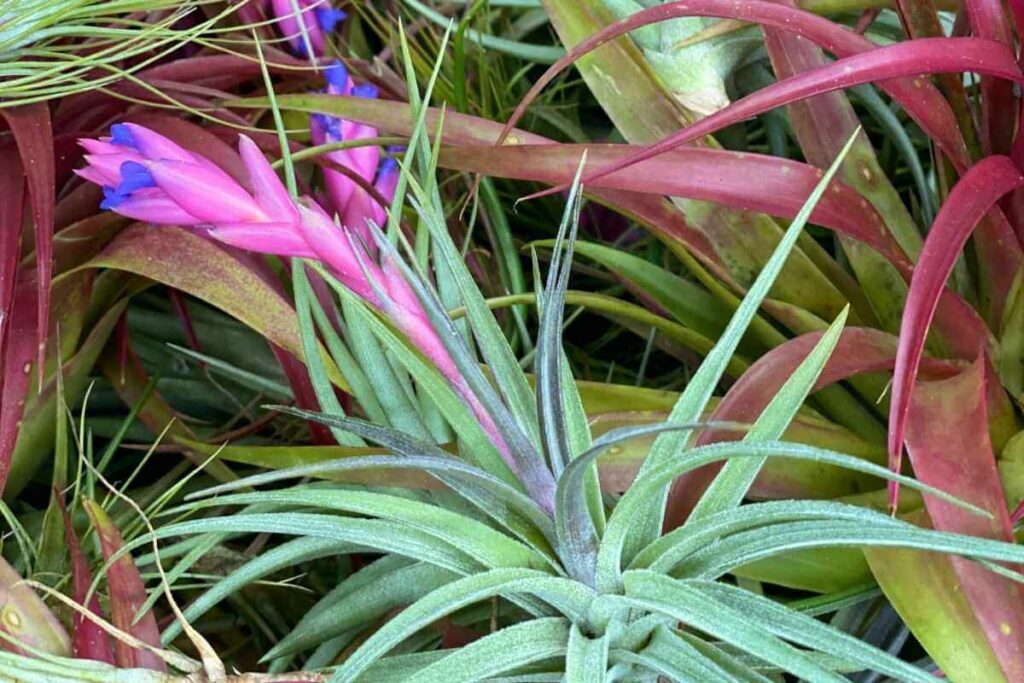
After reaching that 1 inch, their growth rate will increase considerably.
If you can closely mimic the plant’s original environment, it will significantly impact how fast it grows and how big it grows.
It can take years for a small air plant to grow and eventually bloom. Most of the slow-growing plants end up quite large, so patience is vital.
If you are eager to own and display a large plant, buy them when they are already large. It would be best if you became acquainted with the precise size that each grows.
< Swipe >
| Type of Air Plant | Description | Growing conditions | Height |
|---|---|---|---|
| Tillandsia Xerographica | It has bright mossy green coloring on the leaves. The leaves curl toward themselves, forming a bowl-like shape. Thick leaves at the base extending into thinner streams. | Direct sunlight Frequent misting Temperature range is 16-18°C. 60% humidity | 6-15 inches |
| Tillandsia Bulbosa | Tiny roots, narrow curled up leaves, long wave-like green tendrils. | It prefers spraying 2-3 times per week. Ideal temperatures are between 70-80 degrees during the day and 60-65 degrees at night. A humidity of 50 -70% | 6 to 12 inches (15 to 30cm) |
| Tillandsia Juncea | Fun-like leaf structure Royal purple leaves | It does well under bright filtered lights. Temperature 50-80 degrees Good air circulation and humidity. Low, moderate watering regime. Does best in warm environments between 50 – 80 F | 5-10 inches |
| Tillandsia circinate. | It has trichomes covering the leaves Bright yellow/purple flowers | It should be soaked for two to three hours. | 7-9 inches |
| Tillandsia caput-medusa. | Snake-shaped green leaves. | Filtered bright light Humid air Prefers spraying method of watering. | 6.0-8.0 inches |
How Long Does It Take an Air Plant to Grow?
There are two types of air plants:
- mesic
- xeric
The two types of air plants grow fastest when cultivated in conditions that mimic their natural habitat.
Mesic air plants are the fastest-growing air plants, while xeric, on the other hand, are the slowest growing air plants.
Beginning
There are two ways that an air plant can come into existence, by seed or pups.
The babies will grow and grow until they mature. It’s essential to take proper care of air plants in this stage so they don’t rot and fall apart.
You don’t want to miss the best part.
Growing
Flowering
The reproductive phase is the initial stage of the air plant development cycle.
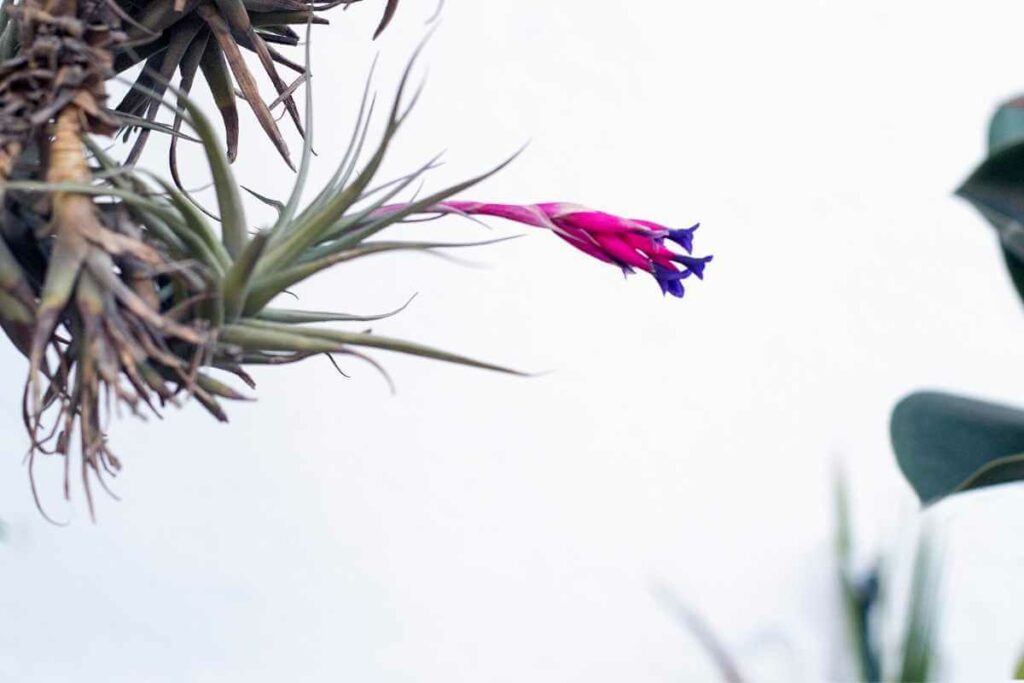
The formation of an inflorescence, which consists of the whole flower stem from which the blooms will finally emerge. Air plants only flower once in their lives.
Different air plants have separate inflorescences, with some being soft and round; others can be spiky and sharp. The flowers can also be different, with varying shapes and colors between species.
Most air plants are already mature by the time of flowering.
They will survive for only a few years after blooming, then die off, making way for their pups to take their place and repeat the process over and over again.
Pups
The air plant will not grow any further when it has completed flowering, but it will generate tiny plants known as pups.
These are generally seen around the plant’s base, but they can also be spotted seeking refuge under the mother plant’s withering leaves.
Clumps
If the pups are not trimmed, they will grow and begin their life cycle and form clusters or clumps.
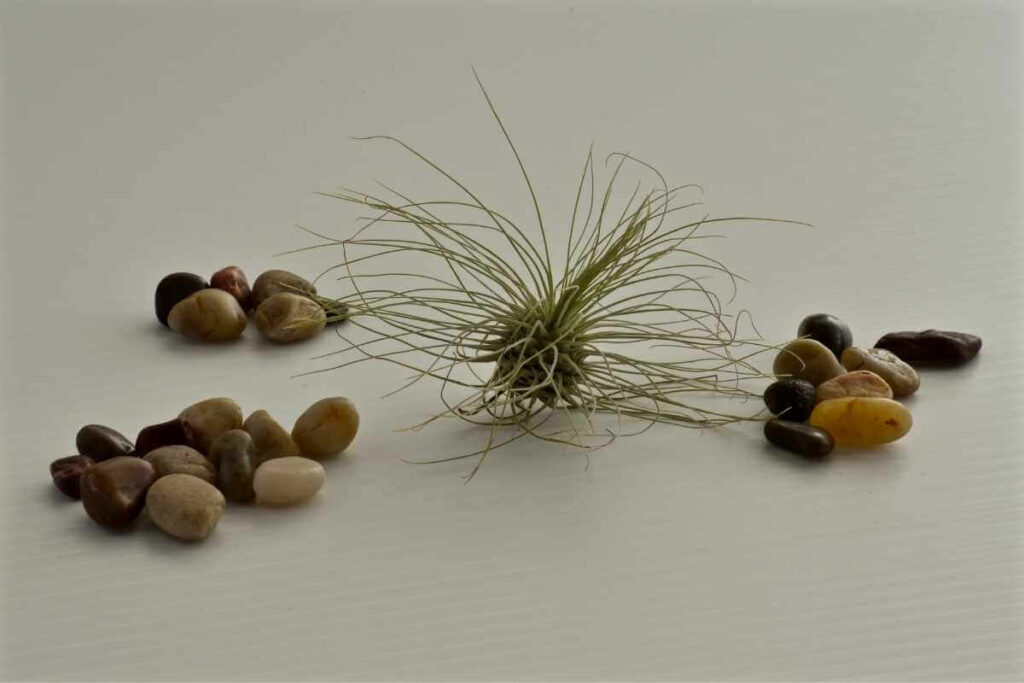
Seeds
The air plant may generate seeds after flowering.
This process is generally carried out during the dry season to avoid being washed away by rain.
The seeds are then ready to germinate and develop into plants when it begins to rain.
The End
Sometimes the air plant can live a long life after blooming.
Others will turn brown and dry out.
Depending on how healthy your plant is, you can have more than one pup to repeat the process all over again!
Environmental Factors Affecting How Big Air Plants Get
The environment has a significant impact on the growth of air plants.
Any environmental condition that is less than perfect restricts its growth.
In some instances, unfavorable environmental circumstances, such as a lack of water, directly damage a plant.
Ecological stress can weaken a plant, leaving it more susceptible to disease or pest attack.
The following environmental variables influence air plant growth and development.
Light
The more sunshine a plant receives, the more capable it is to create food through photosynthesis.
Light has three main qualities that influence air plant growth:
- quality
- quantity
- duration
Air plants need bright, filtered light to survive.
The amount of sunlight the air plant needs depends on the type of air plant. Mesic species prefer indirect sunlight, while the Xeric type prefers bright direct sunlight.
If the air plant is exposed to too much sunlight, its moisture will get depleted. This can cause them to sunburn and eventually die if they are left in the sun too long.
On the other side, if it’s getting too little daylight, it turns much lighter in color and eventually dies.
Temperature
Most air plant activities, including photosynthesis, transpiration, respiration, and germination, are influenced by temperature.
The temperature can either accelerate or impede development.
Air plant temperature needs to be 12°C (54°F) at its lowest and 30°C (86°F) at its highest. Tillandsias thrive in warmer temperatures; they can’t survive in the winter frost.
There is no saving an air plant if it’s been exposed to ice.
Air
Air plants need air circulation for them to grow.
The airflow allows these plants to absorb nutrients and remain healthy.
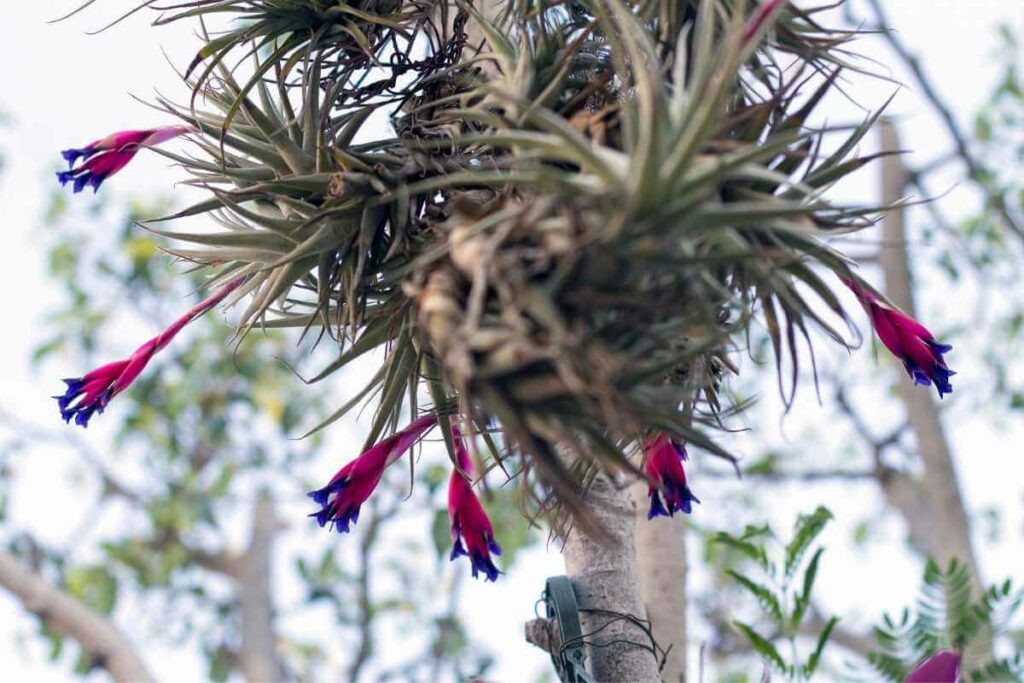
If an air plant doesn’t get enough air, it will wither away and die.
Humidity
The ideal humidity for air plants ranges from 50 to 70%.
Mesic air plants do better in moderate humidity. Xeric types, however, thrive in high humidity climates.
As a general rule of thumb, the higher the humidity in your environment or space, the more light an air plant will tolerate.
The more direct sunlight an air plant gets, the more depleted its moisture content will be.
Water
Too little or too much water will eventually be fatal to your air plant. Therefore, finding balance is the way to go.
Because of the variations in climate, lighting, and within the Air Plants themselves, you can expect variations in the need for watering.
Essentially, the drier and warmer the air, the more frequently Air Plants will need to be watered.
Mesic air plants have adapted well to wet climates; hence they will require frequent watering. On the other hand, Xeric air plants grow naturally in the desert therefore, they prefer less watering.
Final Thoughts
Light, temperature, air, humidity, and water are all factors to consider when growing air plants.
It is critical to comprehend how these elements influence the growth and development of your air plant.
Recognizing the environmental conditions of these plants will also help you detect air plant issues induced by environmental stress.
Read Also
- Best Plants for Offices with No Windows
- Best Soil For Chili Plants (Complete Guide)
- How To Attach Air Plants To Wood In 6 Quick Steps
- 15 Air-Purifying Houseplants That Release The Most Oxygen
- Purple Houseplants: Your Guide to Dramatic Indoor Beauty
- Philodendron Moonlight Vs. Golden Goddess
- How to Revive Your Rubber Plant: 6 Tips to Help Your Rubber Tree Thrive Again
- Your Money Tree Lost All Its Leaves – Will It Sprout Again?
- Why Is My Money Tree Dying? 5 Possible Reasons and Solutions

